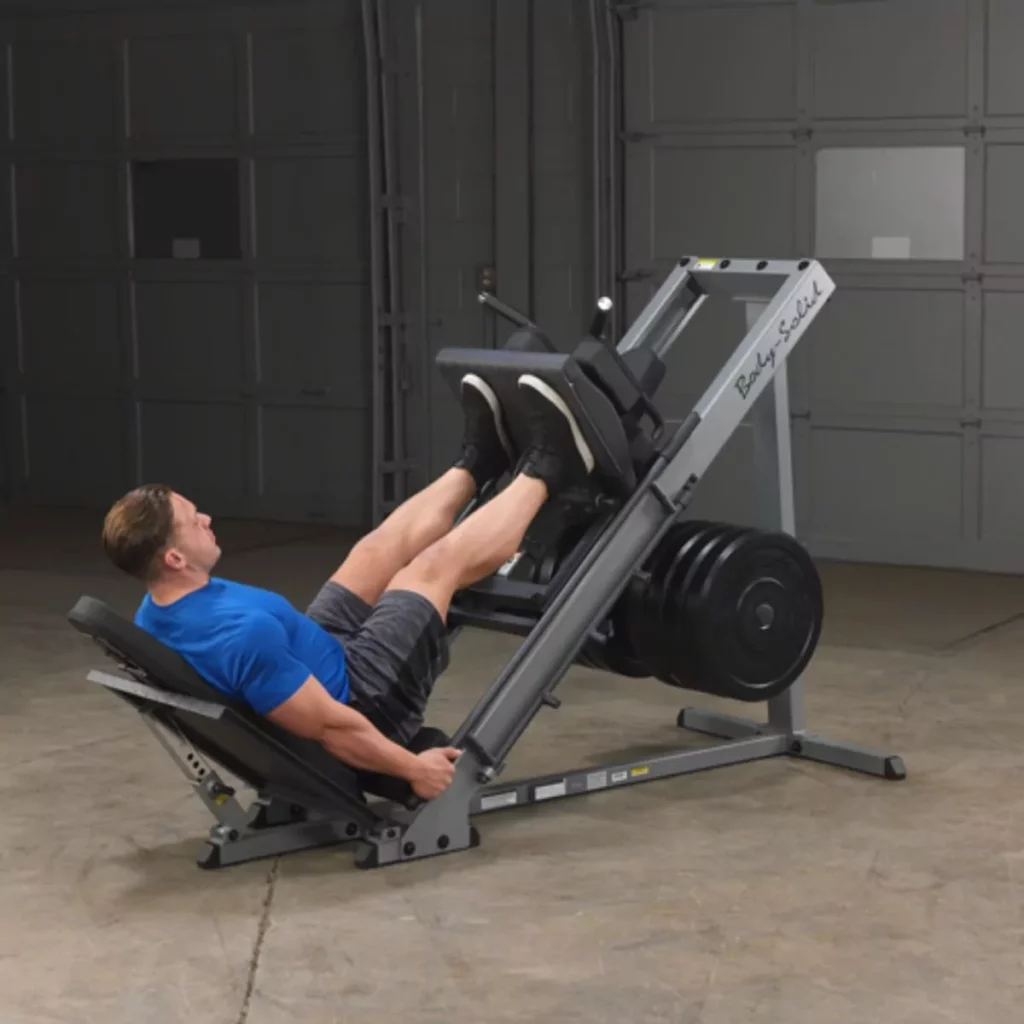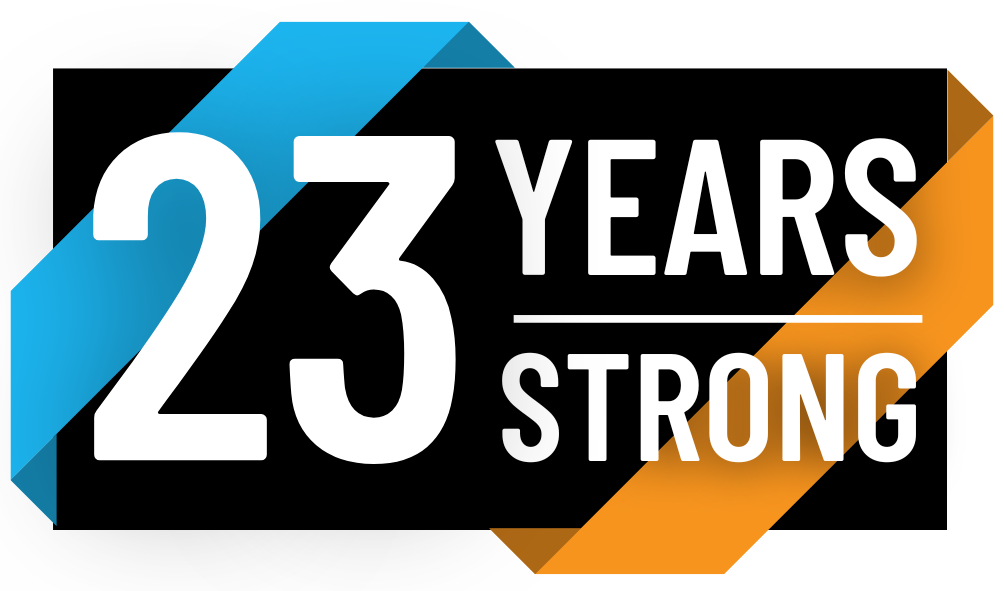
What is a Leg Press Good For? The Ultimate Guide to Leg Press Benefits
The leg press is a popular exercise machine often found in gyms and fitness centers, known for its unique ability to target the lower body. For anyone looking to build strength, improve mobility, or enhance their athletic performance, the leg press is an invaluable tool. In this guide, we’ll explore what the leg press is good for, its benefits, how it compares to other leg exercises, and some pro tips for maximizing its effectiveness.
What is the Leg Press?
The leg press is a piece of exercise equipment that allows users to push a weighted platform away using their legs. Unlike exercises like squats and lunges, which require balance and core stabilization, the leg press focuses primarily on the quadriceps, hamstrings, glutes, and calves without placing stress on the back. This isolation makes it ideal for people with lower back issues or those new to leg strength training.
Two main types of leg press machines are commonly used:
- Vertical Leg Press Machine: Here, the user sits back and pushes the platform upward at an angle.
- Seated Horizontal Leg Press: This version involves a seated position with the platform moving horizontally.
Each of these variations allows for slightly different muscle activation and can be used based on individual goals and preferences.
Benefits of the Leg Press
When it comes to building leg strength and power, the leg press is one of the most effective machines out there. Let’s explore some key benefits:
1. Builds Lower Body Strength
The leg press is excellent for building lower body strength, focusing specifically on the quadriceps, hamstrings, and glutes. This muscle activation helps create a strong foundation for overall fitness and can improve performance in sports, as well as daily activities like walking, running, and climbing stairs.
2. Improves Muscle Isolation
Unlike exercises that require balance, such as lunges or squats, the leg press lets you focus directly on your leg muscles. This isolation is particularly helpful if you’re working to overcome muscular imbalances or if you want to train your legs without over-relying on other muscles like your core and lower back.
3. Enhances Muscle Mass
For those looking to increase muscle mass, the leg press can be a powerful tool. It provides a stable and consistent movement pattern, allowing you to focus on progressive overload (increasing weight over time), which is crucial for muscle growth. Additionally, using different foot positions can target different areas of the legs, adding variety and enhancing overall muscle development.
4. Supports Rehabilitation and Injury Prevention
Because it places less strain on the spine, the leg press is a great exercise for those recovering from injuries, especially in the lower back or knees. Unlike free weights, where balance and stability play a big role, the controlled movement of the leg press can allow people with limitations to still strengthen their leg muscles in a safe, effective manner.
5. Reduces Stress on the Lower Back
Many lower body exercises, such as deadlifts and barbell squats, can place significant pressure on the lower back, which may be problematic for some people. The leg press machine enables you to perform a heavy leg workout while keeping the spine in a more stable, supported position. This is especially beneficial for people with a history of back issues who still want to develop strong legs.
Leg Press vs. Squats: How Do They Compare?
The leg press and the squat are often compared as they target similar muscle groups. So, what makes them different?
- Leg Press for Muscle Isolation: The leg press isolates the lower body, minimizing the engagement of stabilizing muscles. Squats, on the other hand, require balance, engaging the core and lower back muscles more extensively.
- Squats for Functional Fitness: Squats mimic natural movements like standing and lifting, which translates to functional strength. Leg presses are less functional, focusing solely on leg muscles without the need for coordination.
- Risk of Injury: The leg press machine provides a safer environment for lifting heavy weights since the machine controls the movement. However, incorrect form or overloading on either exercise can lead to injury.
- Muscle Building: Both exercises are effective for building muscle, though some people find it easier to achieve high muscle activation in the quads and glutes using the leg press due to the machine’s stability.
Ideally, a balanced workout routine can incorporate both exercises, allowing you to benefit from the unique advantages each offers.
Different Leg Press Techniques for Targeted Benefits
By adjusting foot placement and leg press form, you can emphasize different parts of your legs. Here are some ways to vary your technique:
- Standard Foot Placement: Placing your feet in the middle of the platform targets all the major leg muscles evenly.
- High Foot Placement: Placing your feet higher on the platform targets the glutes and hamstrings more, reducing the load on the quads.
- Low Foot Placement: Keeping your feet low on the platform emphasizes the quadriceps and is ideal for building size and definition in this area.
- Wide Stance: Positioning your feet wider than shoulder-width apart engages the inner thigh muscles along with the glutes.
- Narrow Stance: Bringing your feet closer together activates the outer thigh muscles more, helping create well-defined legs.
Common Mistakes to Avoid on the Leg Press
For optimal results, avoid these common mistakes:
- Lifting Your Lower Back: Allowing the lower back to lift off the seat can increase the risk of injury. Keep your back firmly against the seat throughout the movement.
- Overloading the Machine: Lifting too much weight can compromise your form, increasing the chance of injury. Start with a manageable weight, focusing on proper technique.
- Locking the Knees: Locking out your knees at the top of the movement can place stress on the joints. Instead, stop just before the knees fully extend to keep constant tension on the muscles.
- Using a Shallow Range of Motion: For maximum muscle activation, use a full range of motion. Lower the weight platform as far as possible without compromising form.
How to Add the Leg Press to Your Routine
Adding the leg press to your fitness routine is easy and can be tailored to meet various fitness goals:
- For Strength: Perform 3-4 sets of 4-6 reps with heavier weights and longer rest periods.
- For Muscle Mass: Opt for 3-4 sets of 8-12 reps with moderate to heavy weights, focusing on a controlled tempo.
- For Endurance: Aim for 2-3 sets of 15-20 reps with lighter weights and shorter rest periods.
For best results, incorporate the leg press alongside other lower body exercises such as squats, lunges, and deadlifts. This combination will ensure a balanced workout and avoid over-relying on one exercise.
Safety Tips for Using the Leg Press
To ensure a safe and effective leg press workout, consider these tips:
- Warm Up Properly: A proper warm-up is essential. Dynamic stretching, foam rolling, and light cardio can help prepare your muscles.
- Use a Spotter if Needed: If you’re lifting heavy, a spotter can assist you if you encounter difficulty.
- Listen to Your Body: If you feel discomfort in your knees, hips, or lower back, stop the exercise and re-evaluate your form or adjust the weight.
Conclusion: Is the Leg Press Worth It?
The leg press is a highly effective, versatile exercise that can fit into nearly any workout routine. It builds lower body strength, enhances muscle mass, supports injury rehabilitation, and is generally safer for the back than some other leg exercises. Whether you’re looking to improve your athletic performance, build muscular legs, or recover from an injury, the leg press can be a valuable tool in helping you reach your goals.
Incorporate it wisely, avoid common mistakes, and use a variety of foot placements to get the most out of your leg press workouts. With consistency and correct form, the leg press can help you build a stronger, more powerful lower body.

